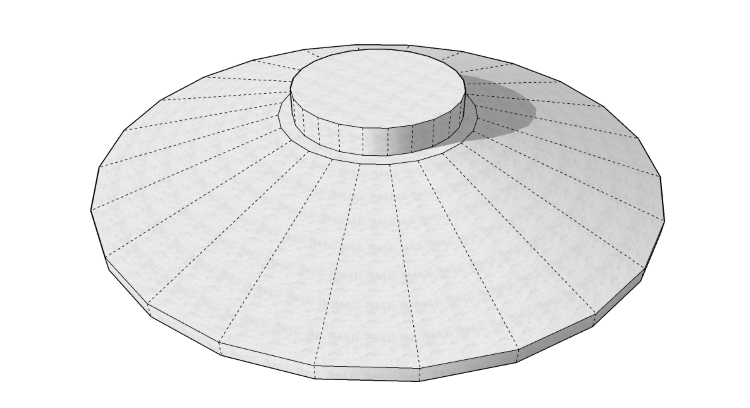ACI Code-323 Low-Carbon Concrete Standard
“ACI Code-323 Low-Carbon Concrete - Code Requirements and Commentary” is a draft ACI standard currently open for public discussion from March 31 to May 15, 2024. So, what’s Low-Carbon Concrete (LCC) and how does this Code propose to achieve it?
Concrete Structure Service Life Prediction
With the first batch of utility-scale wind projects built in the first years of this millennium reaching their 20-year design life, there is increased interest in repowering through life extension and remaining life assessments. What if the question of expected service life had been considered during project design? Well, now there is an ACI design specification intended just for the purpose of providing minimum requirements for performing a service life prediction for new concrete structures. Public comments are being sought on ACI CODE-365. Read more about it here.
Key Standards, Guidelines, and Publications
In this blog entry, we intend to maintain a list publications of relevance to Civil Renewables, Inc., and by extension, to our clients and our colleagues within the industry.
We welcome addition proposals in the comments sections.
Shape Optimization of Gravity Base Wind Turbine Foundations
As the industry migrated from the popular octagonal shape and mostly settled on the perfectly round shape, have we reached the limits of shape optimization of shallow wind turbine foundations? In this blog, we present a historical account of this question and explore potential future optimization trends.
Navigating Renewables: A Civil Engineer's Guide to Acronyms
If you are new to renewable energy projects, you must have come across abbreviations that you had to accept to look smart but had to look up later. In this blog post, we create a list of such abbreviations with their meanings.
Minimizing Wind Project Geohazard Risks: Expert Solutions
Wind projects are not born overnight. Before we see wind turbine generators (WTGs) spinning and generating clean energy, many years are are required in development, design and construction. These distinct but often overlapping phases come with their own sets of tasks, timelines and narrowing opportunities for reducing risks stemming from geohazards. Let’s delve into these phases and into ways we can minimize the impacts of geotechnical hazards.






